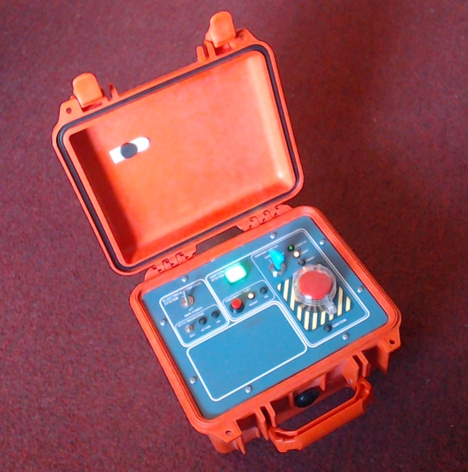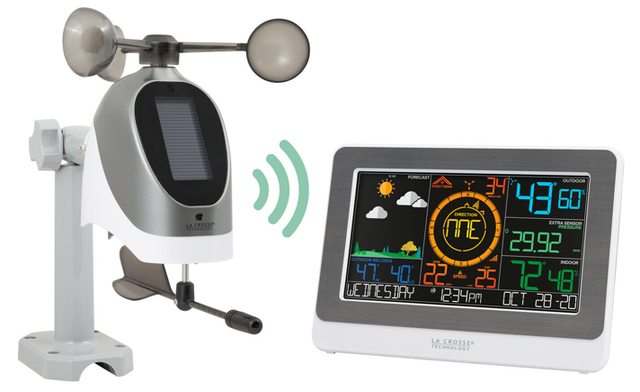Brainlord Mesomorph
Well-Known Member
- Joined
- Apr 2, 2018
- Messages
- 266
- Reaction score
- 26
TL/DR: Its an electrical question; I have 12V,14A system and I want to power a 5V, 600mA accessory from it. I have found a 12V/5V DC-DC downstep, but it outputs 3 amps.
Can I use that if I add an appropriate resistor? Or what should I do?
Now, how does that have anything to do with rockets:
A couple of years ago I built this TOTALLY AWESOME launch controller (with a lot of help from this TRF thread: https://www.rocketryforum.com/threads/questions-about-my-diy-launch-controller.145459 Special Thanks to Voyager1 and OverTheTop)

It has 14AH of batteries, and a peak amperage that I have never been able to measure because it pops the 10 amp fuse. Now I gave it all that juice because I planned on powering other things from it. I’m building in an EggFinder LCD receiver (that will go in that blank space) and I’ll be adding USB DC Out for charging devices, etc.
Now I have bought this meteorological station:

The display should fit neatly in to lid of the launch controller
So, it comes with a 120VAC to 5VDC 600mA transformer.
I want to replace that with an aux power out from the launch controller. As I said above I have found this downstep at ebay
but its 3 amps and I need 600mA. So do I just add a resistor the to the output? And what resistor would that be?
Can I use that if I add an appropriate resistor? Or what should I do?
Now, how does that have anything to do with rockets:
A couple of years ago I built this TOTALLY AWESOME launch controller (with a lot of help from this TRF thread: https://www.rocketryforum.com/threads/questions-about-my-diy-launch-controller.145459 Special Thanks to Voyager1 and OverTheTop)

It has 14AH of batteries, and a peak amperage that I have never been able to measure because it pops the 10 amp fuse. Now I gave it all that juice because I planned on powering other things from it. I’m building in an EggFinder LCD receiver (that will go in that blank space) and I’ll be adding USB DC Out for charging devices, etc.
Now I have bought this meteorological station:

The display should fit neatly in to lid of the launch controller
So, it comes with a 120VAC to 5VDC 600mA transformer.
I want to replace that with an aux power out from the launch controller. As I said above I have found this downstep at ebay
but its 3 amps and I need 600mA. So do I just add a resistor the to the output? And what resistor would that be?



